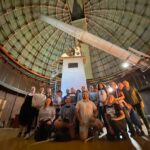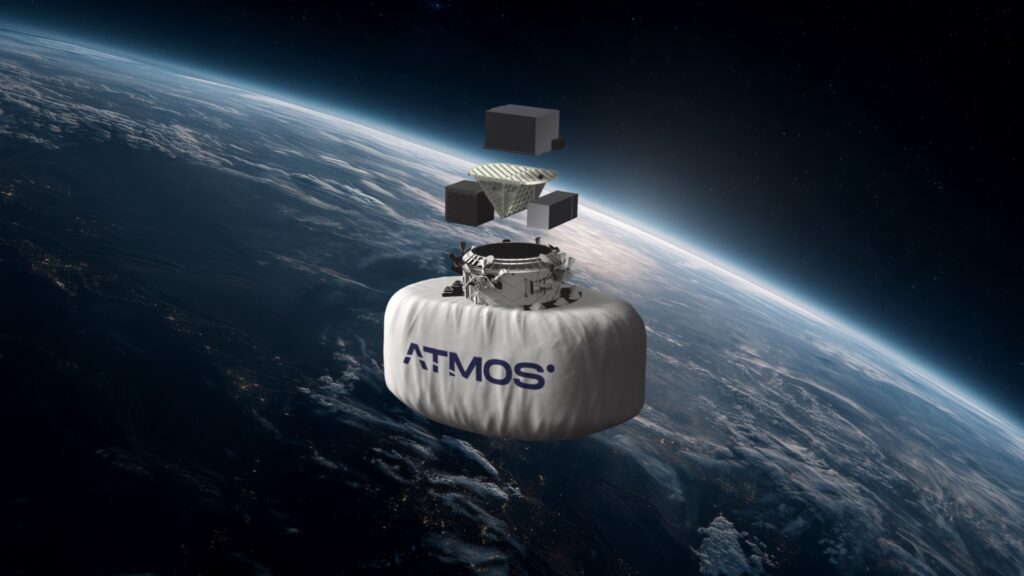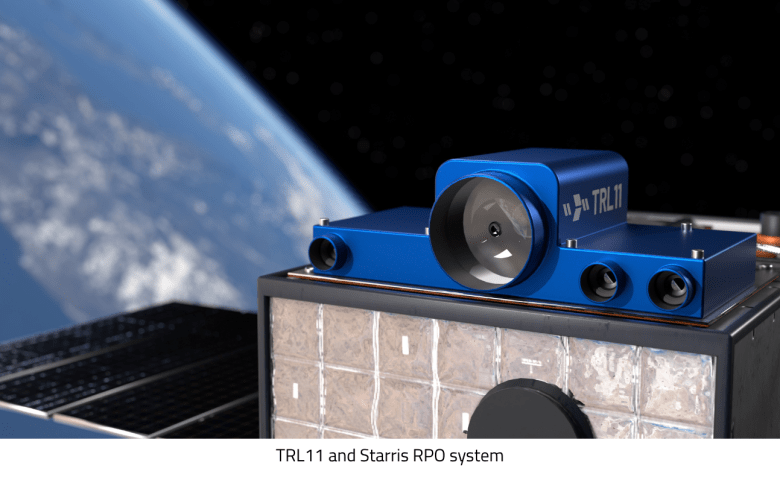Now Reading: Science faces an earthly reckoning: A conversation with Nathalie Cabrol
1
-
01
Science faces an earthly reckoning: A conversation with Nathalie Cabrol
Science faces an earthly reckoning: A conversation with Nathalie Cabrol


Like the old Copernican revolution, new technologies including AI tools, quantum modeling and powerful observatories such as the James Webb Space Telescope are probing deeper into the universe to again better define our place within it.
To continue reading this article:
Register now and get
3 free articles every month.
You’ll also receive our weekly SpaceNews This Week newsletter every Friday. Opt-out at any time.
Get unlimited access to
SpaceNews.com now.
As low as $5 per week*
Cancel anytime. Sales tax may apply. No refunds. (*Billed quarterly)
Stay Informed With the Latest & Most Important News
[mc4wp_form id=314]
Loading Next Post...
Popular Now
-
 012024 in Review: Highlights from NASA in Silicon Valley
012024 in Review: Highlights from NASA in Silicon Valley -
 02Panasonic Leica Summilux DG 15mm f/1.7 ASPH review
02Panasonic Leica Summilux DG 15mm f/1.7 ASPH review -
 03How New NASA, India Earth Satellite NISAR Will See Earth
03How New NASA, India Earth Satellite NISAR Will See Earth -
 04And Thus Begins A New Year For Life On Earth
04And Thus Begins A New Year For Life On Earth -
 05Astronomy Activation Ambassadors: A New Era
05Astronomy Activation Ambassadors: A New Era -
06SpaceX launch surge helps set new global launch record in 2024
-
 07Space Force plans new ‘Futures Command’ amid pressure to speed up modernization
07Space Force plans new ‘Futures Command’ amid pressure to speed up modernization
Scroll to Top




















